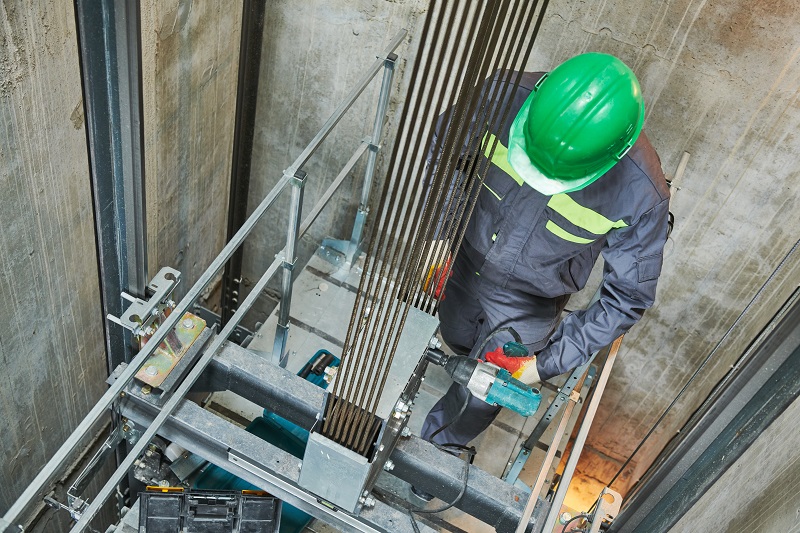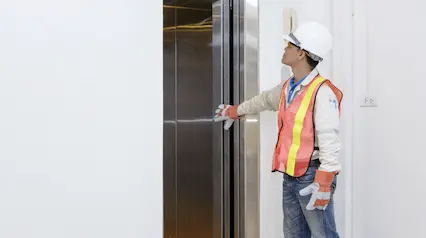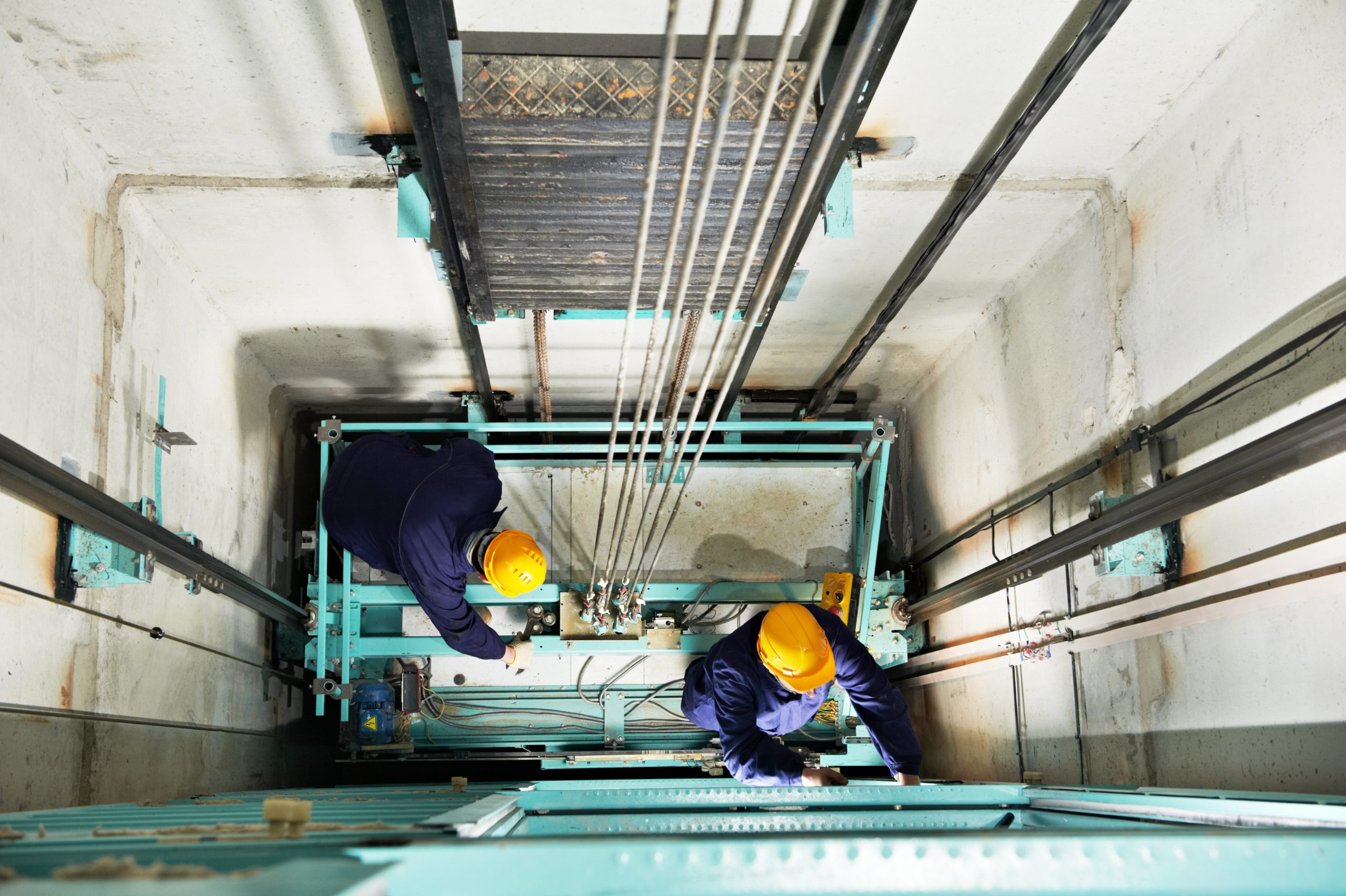Trusted Lift Maintenance Repair: Avoid Malfunctions and Downtime
Trusted Lift Maintenance Repair: Avoid Malfunctions and Downtime
Blog Article
Pro Tips for Keeping Your Lift in Top Problem: An Extensive Review
Making sure the optimal performance of a lift system is imperative for a secure and effective operation in different settings, from industrial storage facilities to commercial structures. By adhering to an organized maintenance program and preemptively addressing prospective issues, lift proprietors can mitigate expensive downtime and safety and security risks.

Significance of Normal Maintenance
Normal maintenance of your lift is vital to ensure its optimum performance and durability. By sticking to a normal maintenance timetable, you can identify and attend to prospective concerns before they rise into costly fixings or unexpected downtime. Routine upkeep jobs such as lubricating moving parts, checking for damage, and checking hydraulic systems can assist stop breakdowns and ensure risk-free procedure.
Disregarding routine maintenance not only jeopardizes the effectiveness of your lift yet also poses security threats to customers and building. Components that are not correctly preserved might stop working all of a sudden, leading to accidents or damage to the lift itself. Moreover, dealing with issues at an early stage through upkeep can prolong the life expectancy of your lift and minimize the chance of significant failures.
In enhancement to boosting safety and security and efficiency, routine maintenance can also save you cash in the future. By spending in precautionary maintenance steps, you can avoid costly repairs or substitutes that might develop from ignoring the upkeep of your lift. On the whole, focusing on routine upkeep is important for maximizing the capability and long life of your lift system.
Leading Elements to Evaluate

Furthermore, pay close interest to the lift's safety attributes, such as emergency quit buttons, security sensing units, and interlocking devices, to ensure they are functioning properly. Routinely check the lift shaft for particles or blockages that can impede the motion of the lift cars and truck. Last but not least, don't forget to analyze the doors, hinges, and door operators to ensure smooth opening and closing operations. By thoroughly evaluating these leading parts, you can capture potential issues early and ensure your lift stays in leading problem.
Proactive Troubleshooting Strategies
When confronted with possible lift system problems, embracing proactive troubleshooting strategies can significantly boost functional effectiveness and avoid costly downtime. Among the crucial positive troubleshooting strategies is to consistently check and examine lift performance information. By tracking metrics such as lift rate, motor temperature, and energy intake, upkeep teams can recognize early signs visit of possible problems and take corrective activities before they rise. Carrying out regular visual evaluations of crucial parts, such as cable televisions, pulleys, and safety and security mechanisms, can additionally help in detecting deterioration or misalignments that might lead to breakdowns. Additionally, carrying out a preventive upkeep schedule that includes lubrication of relocating parts, testing of emergency situation brakes, click to find out more and calibration of sensors can proactively attend to common lift system issues.
In addition, purchasing training programs for maintenance personnel on fixing strategies particular to the lift model mounted can empower them to identify and solve issues quickly. By remaining ahead of potential problems via proactive troubleshooting, lift drivers can ensure a smoother and more reliable operation while lessening the danger of unforeseen breakdowns.
Important Lubrication Practices
Executing appropriate lubrication methods is important for guaranteeing the smooth procedure and longevity of lift systems. Regular lubrication helps in reducing friction between moving parts, avoiding damage that can bring about costly repairs and downtime. When it involves raise maintenance, adhering to a stringent lubrication schedule is necessary.
Choosing the right lube is the very first step in reliable maintenance. Different components of the lift system might call for specific kinds of lubes, such as grease or oil. Consult the supplier's guidelines to identify the proper lubes for each part.

Address any type of problems quickly to avoid further damages and make sure the continued smooth operation of your lift system. By prioritizing correct lubrication techniques, visite site you can extend the lifespan of your lift and maximize its efficiency.
Security Procedures for Lift Operators
In order to maintain a safe workplace and maintain operational effectiveness, lift operators have to carefully abide by prescribed security procedures, alongside focusing on important lubrication practices for optimal lift efficiency. Precaution for lift drivers are critical to stop mishaps and ensure the smooth performance of the lift system. Operators needs to go through detailed training on appropriate lift operation, emergency situation treatments, and safety and security guidelines. Normal tools inspections and maintenance checks are crucial to identify and address any possible safety dangers quickly. It is necessary for drivers to always comply with maker referrals for lots capacities, functional limitations, and security attributes usage.
Additionally, lift drivers have to focus on personal safety devices (PPE) such as safety helmets, handwear covers, and security harnesses when operating at elevations or taking care of heavy lots. Clear interaction amongst drivers, upkeep technicians, and various other personnel is essential to stop misunderstandings that might cause crashes. Last but not least, operators ought to remain attentive, focused, and avoid diversions while running the lift to guarantee the safety and security of themselves and others around.
Final Thought
To conclude, keeping a lift in top problem is essential for ensuring safety and security and efficiency in procedures. Regular upkeep, detailed evaluations of vital elements, aggressive troubleshooting, appropriate lubrication techniques, and adherence to safety and security procedures are vital for extending the life expectancy of the lift and protecting against accidents. By adhering to these standards, lift drivers can make certain the ongoing functionality and safety and security of their tools.
By sticking to a structured upkeep routine and preemptively resolving possible issues, lift owners can reduce costly downtime and safety and security threats. Frequently inspect the lift shaft for particles or blockages that might impede the motion of the lift automobile.In order to maintain a risk-free working setting and maintain functional effectiveness, lift drivers should carefully stick to recommended safety and security protocols, together with prioritizing important lubrication methods for optimum lift efficiency. Safety and security actions for lift drivers are important to prevent accidents and guarantee the smooth performance of the lift system. Normal upkeep, complete examinations of key elements, positive troubleshooting, appropriate lubrication techniques, and adherence to security measures are necessary for prolonging the lifespan of the lift and protecting against accidents.
Report this page